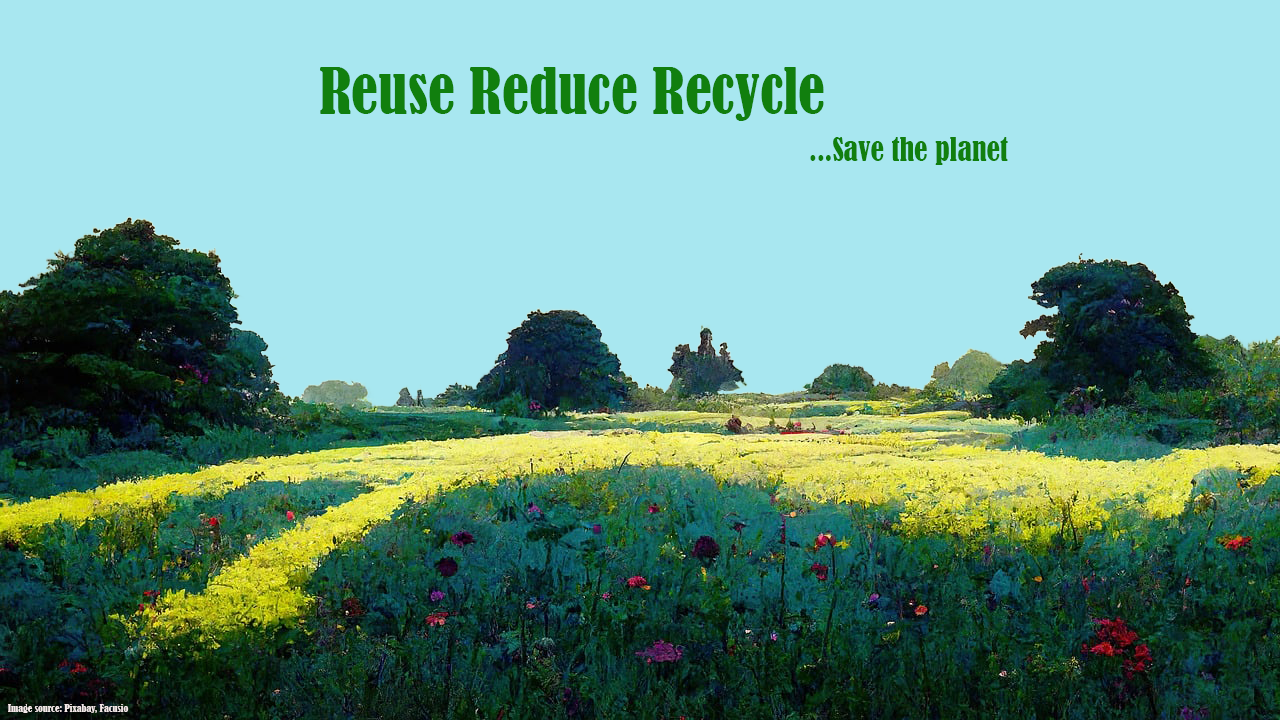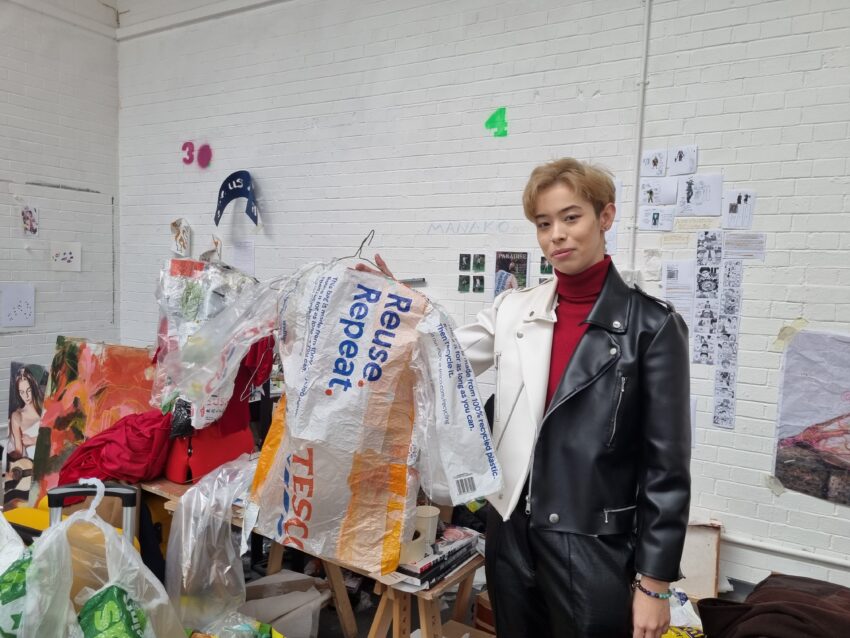As I make my way through the maze of art studios at Newcastle University, I am greeted by Manako who shakes my hand and leads me down to their studio. I enter the studio and set my eyes upon all it has to offer for the first time – I am met with both chaos and calm at the same time.
The studio, that Manako shares with other Fine Art students at the University, is filled to the brim with art projects. One can barely move from the door towards the end of the room where Manako’s station is set up. Paintings, models, fabrics, seemingly mundane objects that might be turn into a state-of-the-art piece in the future, seem to be thrown around everywhere. Chaotic, and yet calming.
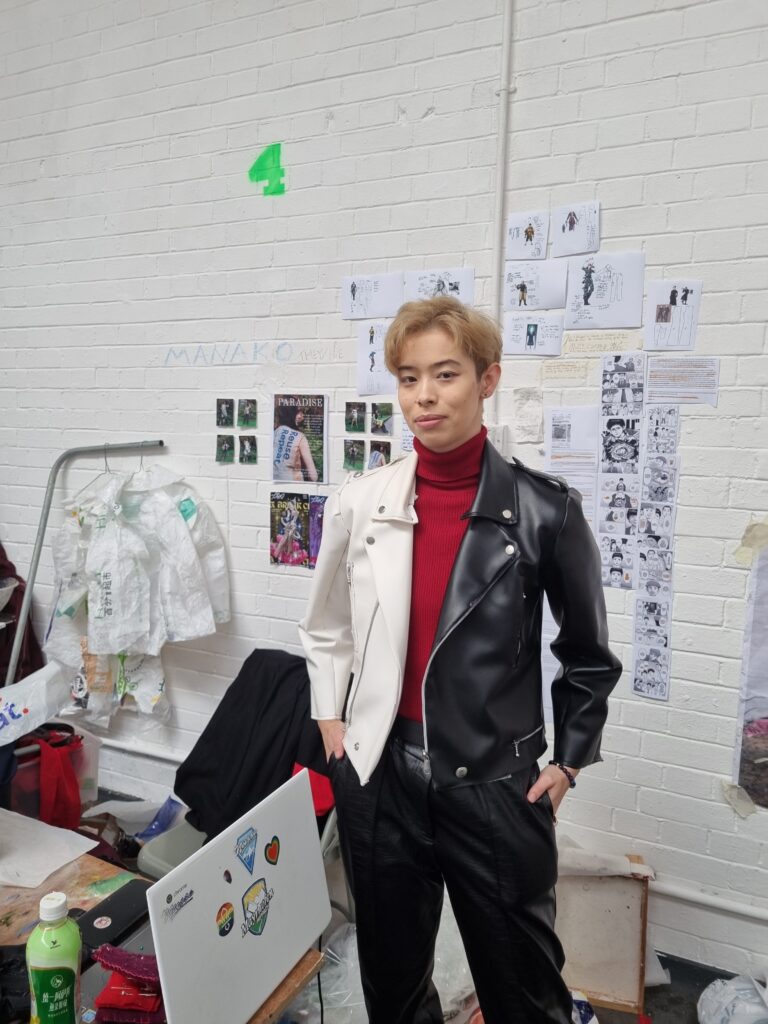
The walls of the studio are white, still, there is no absence of colour as each of the art students makes the space provided for them unapologetically theirs and their projects seamlessly pop out against a monotonous background. In between dancing through art supplies and objects scattered on the floor, the studio seems like the kind of place one can easily turn off their mind and be present.
We soon get to talking about the second-hand industry and how Manako has incorporated more sustainable approaches into their own art practice within the past year as well as the project they are working on now. Second-hand industry can be quite helpful as it helps reduce waste and saves valuable resources such as water and energy.
Manako takes me over to their station, which consists of a desk, few mannequins, fully stocked bags of fabric, plastic waste and other materials, accompanied with a white brick wall decorated by prints, posters and sketches. They start on telling me how they got into creating their own clothes, taking me back to February, when they made their first ever cosplay. Just in time for the York Viking Festival of 2023, they made a cosplay of a Viking, reusing wool and army blankets to create a historically accurate portrayal of a Viking.
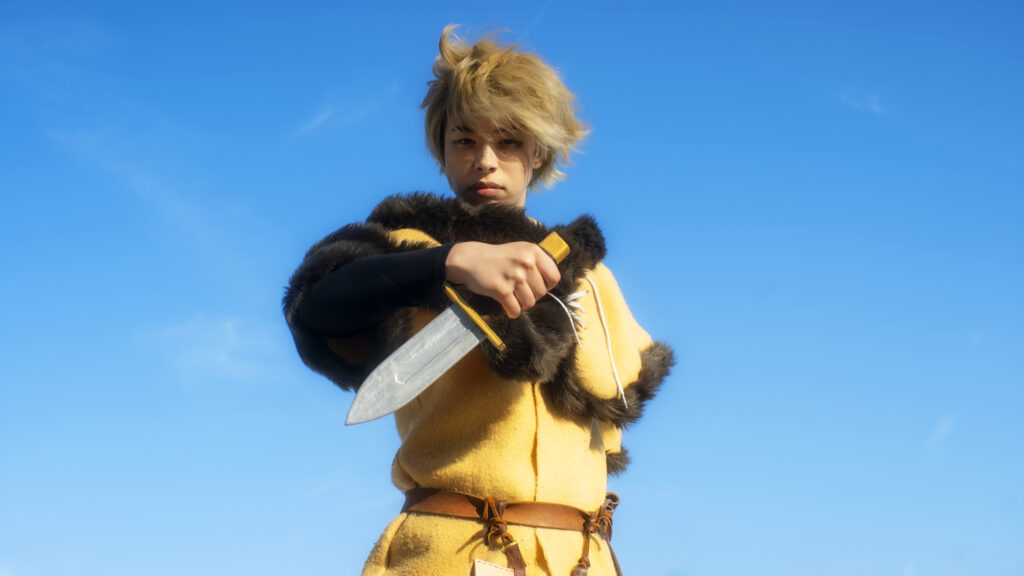
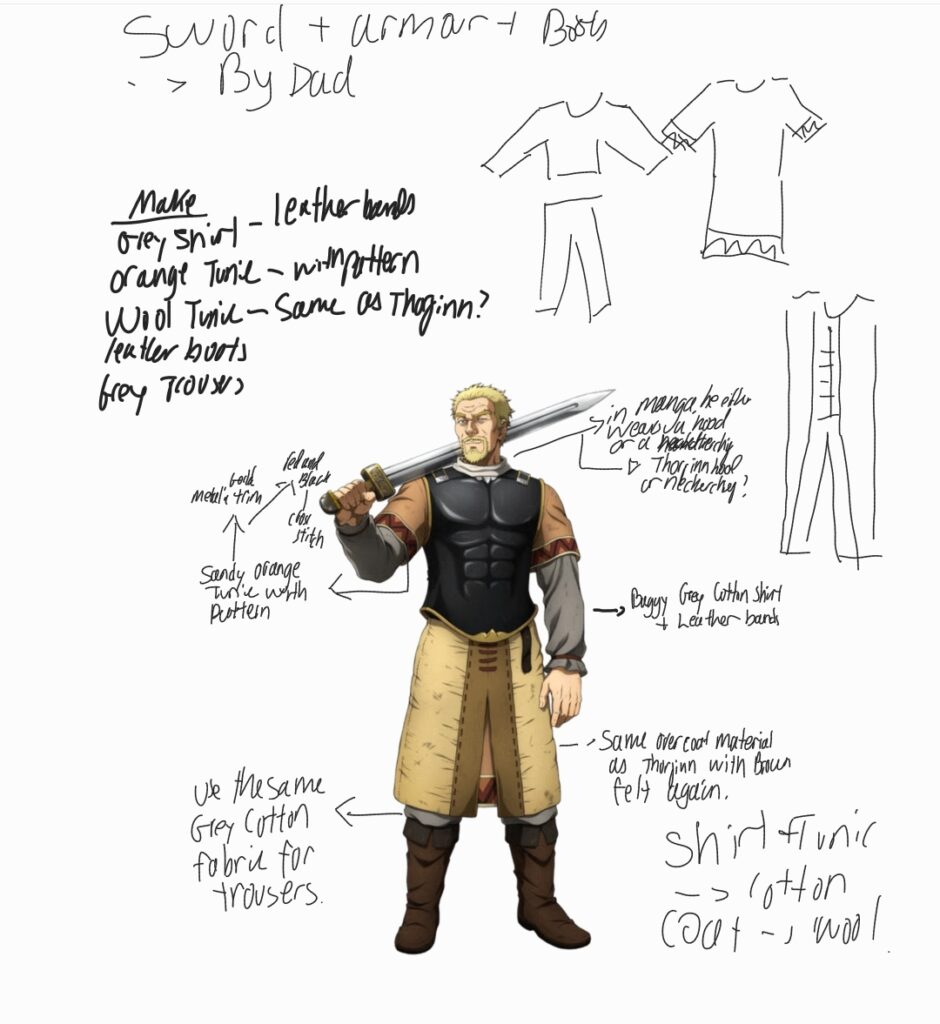
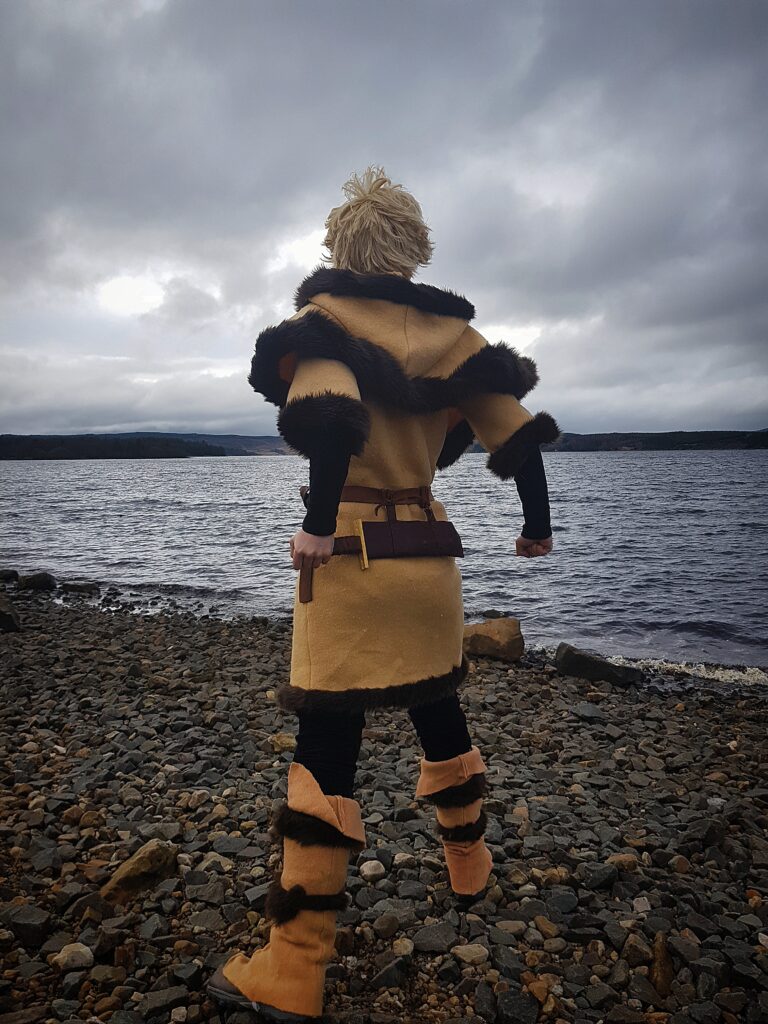
Manako’s Viking costume for the York Viking Festival 2023. Image credits: Manako Maddison
Trying to navigate the chaos of costume shops, Manako tells me that oftentimes looking for a costume in such shops can turn out quite disappointing. The shops offer tacky low-quality options that can only be worn on one occasion a year – Halloween. Which is why Manako has turned to creating their own clothes, creating something better, with a higher quality and the intent to make the clothes wearable on daily occasions.
Since then, Manako has created many cosplays and has now turned to creating clothes from plastic bags, which they plan to showcase in a final year Fine art fashion show on 7th February along with an exhibition on 5th-9th February in the Ex Libris Gallery in King Edward VII Building, Newcastle University campus.
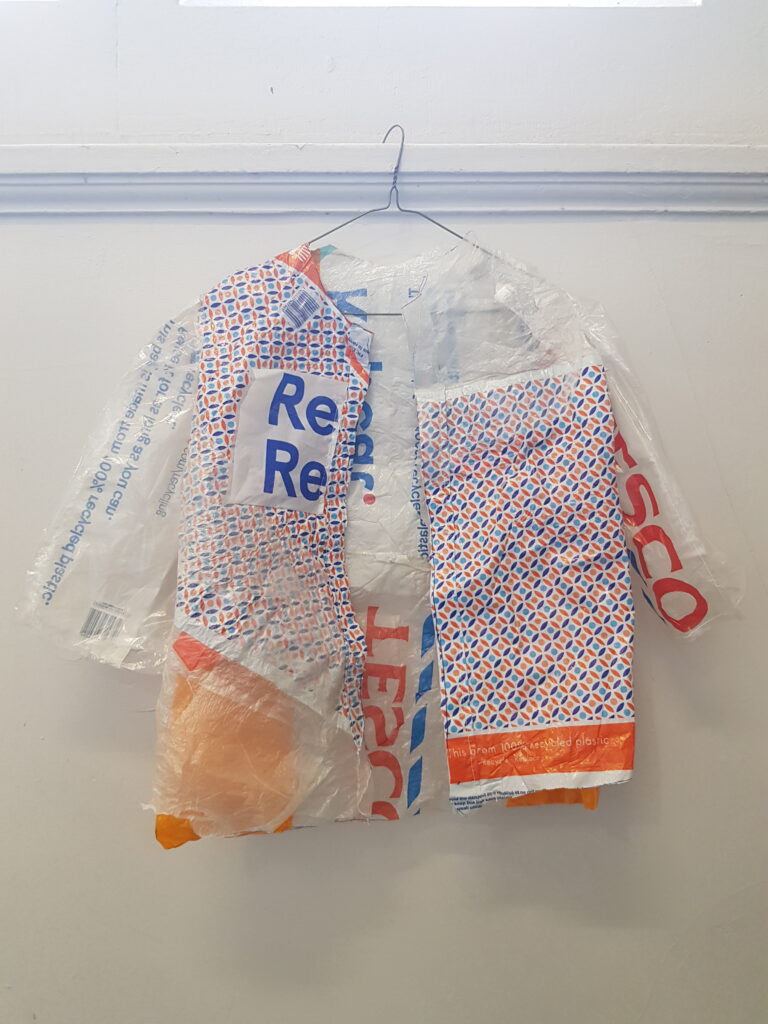
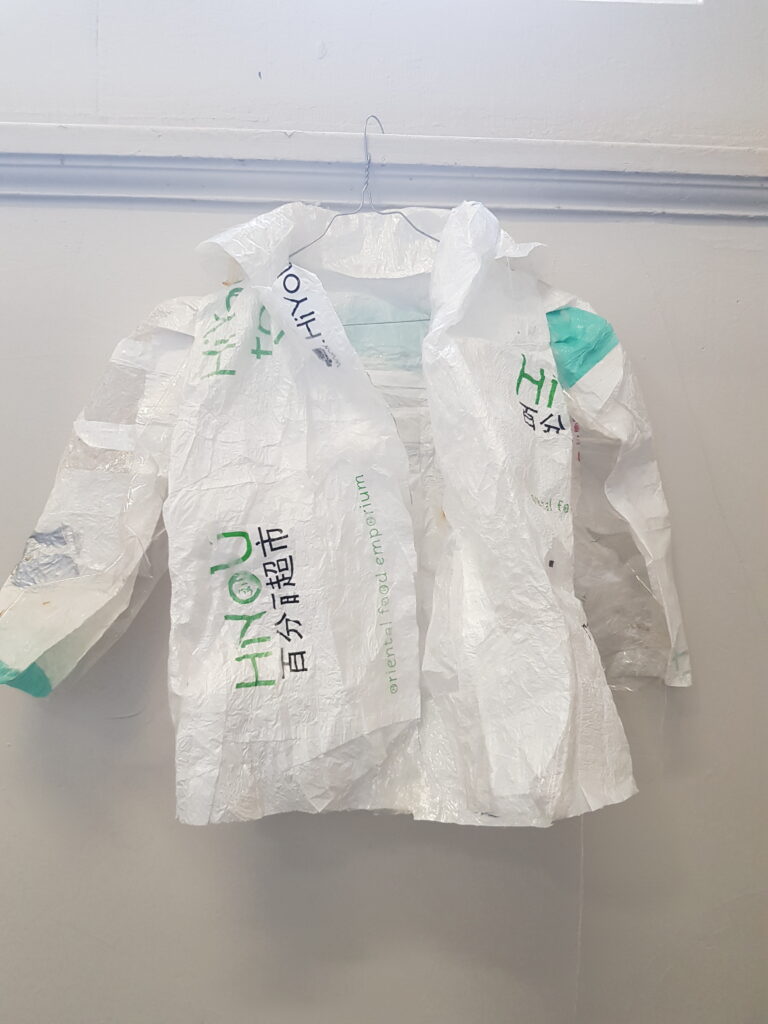

Manako’s garments made from plastic waste. Image credits: Manako Maddison.
Whether shopping for their cosplays or everyday outfits, Manako tends to shop in second-hand shops. They explained that in the past year they have started to think more about sustainability and the impact fashion industry has on the environment. They have visited charity shops around Newcastle or made use of online second-hand shops, oftentimes hunting for a perfect piece of clothing for their cosplays. In the following video, Manako talks about their art turning towards a more sustainable path as well as showcasing their favourite cosplay they have made so far.
Manako is but a part of the rise of second-hand fashion. With the cost of living crisis, more people have turned to second-hand fashion, the UK resale market growing by 149% between 2016 and 2022, according to GlobalData. The second-hand industry is not only cheaper for customers, but it helps save valuable resources such as water and energy and reduce waste and CO2 pollution.
A simple pair of jeans needs 1800 gallons of water on average and the production of a cotton t-shirt takes about 713 gallons. According to WaterUk (and my personal calculator) the average person uses about 930 gallons of water per month – so one pair of jeans equals to about two months’ worth of water for one person. Apart from saving water, the second-hand industry helps reduce the CO2 emissions, the demand for new energy, and helps give old clothes a new home so that they do not have to end up in a landfill, polluting the environment.
A study by Oxfam from August 2023, showed that on average an adult’s wardrobe consists of 106 items and if half of those items were second-hand it would prevent 12.5 billion kilogrammes of C02 emissions entering the atmosphere, which equates to a plane flying around the world more than 17 thousand times. The following audio includes a conversation with a frequent second-hand shopper, Marina.
And as with any topic that is ever so serious that it concerns the whole planet, every statistic and new information can be overwhelming and chaotic. Which is why it is important to remember that taking such topics one step at a time – opting to check out second hand shops instead of fast fashion brands, reading up on environmental impacts, stringing together fabrics and creating our own clothes like Manako or choosing to take action in any form – is how we gain some calmness amidst the chaos that the climate crisis can be.
